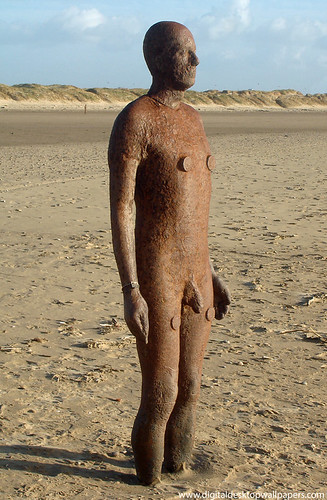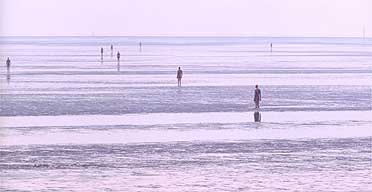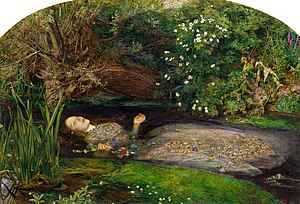I traced around a dress block, then drew in my design lines from the top and bottom of the dress darts on the front and back pieces. After I drew my design lines I drew 2 panels on each pattern piece.
I then traced both panels, marked all lines and notches and added a 1.5cm seam allowance. The left front dress pattern pieces, the center front pattern piece will be cut on fold..
Next was to create the facing patterns to do this I taped the patterns together at the shoulder as they would be if I were sewing them together, I then drew a line with about 5cm distance from the seam line around the arm and the neck of my patterns. After that I drew around the facings I just drew and added a 1.5cm seam.
I sewed my front pieces together, I sewed my side panels of my front dress pieces together first and then I sewed the center front panel matching all of my notches. To sew the curved areas I had to make notches as the fabric was very tight otherwise the pieces wouldn't have fitted together.
I then sewed the sides of my dress together instead of doing it after everything else just to make life easier for myself.
I then sewed the neck facing on to do this I first overlocked the edges, then pinned the facing on to the neck and sewed so the edge was over lapped by 1.5cm. Then I cut the seam in half, sewed a retainer stitch on the facing and ironed the facing on.
The arm facings overclocked, and then sewed the edges together with a 1.5cm seam allowance, and then sewed a retainer stitch for both arm facings. I then pinned to the fabric making sure the back piece of the facing matched the back of the arm and the front and the same again with the neck facing.
I am very pleased with my final outcome I didn't really know what to expect with the dress but I was surprised with myself as it went well. I would pick a different dress design next time as this one isn't really me and I wasn't fond of the material but as it was my first time making a dress I am really pleased with myself.
This is an image of my final dress
There are more photos to come but due to having problems with my camera I am unable to upload anymore pictures.

















































